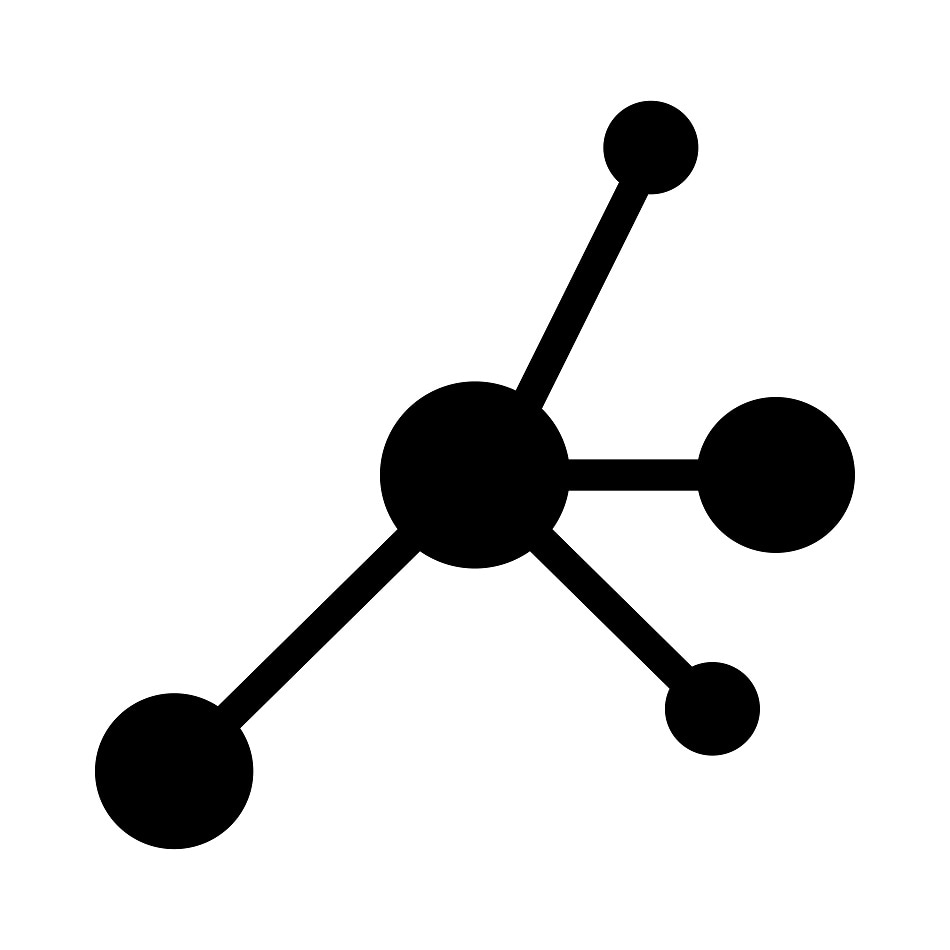Polyelectrolyte brushes – tiny scale brushes made out of large molecules and polymer chain bristles – could have potential uses in anything from industrial materials to medicine. But they suffer from a major flaw, like any soft brush, their bristles can become tangled and collapse.
A new study - published in Science Advances - has revealed what makes these bristles collapse, and also recover, increasing the understanding of these minute chemical brushes.
Polyelectrolyte brushes consist of a backing or substrate, with a polymer chain tethered to it like soft bristles. These chains have chemical properties that make the brushes interesting for many practical uses, but they can get stringy and clumped. Keeping them straight is vital to their function.
Researchers from the Georgia Institute of Technology, University of Chicago and Argonne National Laboratory devised experiments to cause the polyelectrolyte bristles to collapse, and then recover. They imaged the processes in fine detail with highly sensitive atomic force microscopy and constructed simulations that closely matched their observations.
The polymer chains have positive and negative ionic, or electrolytic, charges running along their lengths – hence the name. Chemists are able to string polymers together using various chemical building blocks and design charge patterns up and down the chain, but that isn’t the whole story. The brushes are bathed in solutions containing gentle electrolytes which create a balanced ionic pull from all sides to keep the bristles upright and prevent collapse or tangling.
Often these mixtures have a bunch of other stuff in them, so the complexity of this makes it really hard to understand fundamentally, and thus hard to be able to predict behavior in real applications.
Blair Brettmann, Leader of the study, Georgia Tech
When other chemicals join this well-balanced system, they can cause the bristles to collapse. In their experiments, the scientists used a powerful ionic compound built around yttrium - a rare earth metal with a strong charge - low doses of which caused the polymer bristles to curl up like clumps of sticky spaghetti. Increasing the concentration of gentler ions restored the support and propped the bristles back up. Atomic force microscope imaging revealed highly regular patterns of collapse and re-extension, which were reflected well in the simulation – good news for potential future research and practical applications.
But being able to collapse the bristles could be useful, explains Brettman, “If you could collapse and reactivate the bristles systematically, you could adjust the degree of lubrication, for example, or turn lubrication on and off."
The brushes might also regulate chemical reactions involving micro- and nanoparticles by extending and collapsing the bristles.
Coatings and films are often made by carefully combining engineered particles, and you can use these brushes to keep these particles suspended and separate until you're ready to let them meet, bond, and form the product.
Blair Brettmann
Although experimental conditions do not reflect the real world, Brettmann has created a foundation for understanding how these systems work and hopes to be able to move on to sensitive scenarios to realize more of the polyelectrolyte brushes practical applications.
These applications are numerous because the brushes can be engineered in so many ways, explains Brettmann, "When you build the brushes, you have a lot of control. You can control on the nanoscale how far apart the polymer chains (the bristles) are spaced on the substrate and how long they are."
The brushes might have industrial applications, being constructed for surfaces with their own built-in lubrication, "If you attach the brushes to opposing surfaces, and the bristles rub against each other, then they have really low friction and excellent lubrication properties," explains Brettmann, who is an assistant professor in the School of Materials Science and Engineering
 Dinosoft Labs/Shutterstock.com
Dinosoft Labs/Shutterstock.com
The brushes may also find applications in the field of medicine as the bristles have demonstrated the ability to simulate DNA and encode simple proteins. Other brushes might be engineered to repel bacteria from surfaces. Some polyelectrolyte brushes already exist in the body of the surface of some cells.
Disclaimer: The views expressed here are those of the author expressed in their private capacity and do not necessarily represent the views of AZoM.com Limited T/A AZoNetwork the owner and operator of this website. This disclaimer forms part of the Terms and conditions of use of this website.